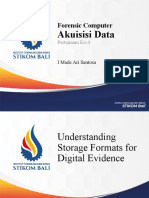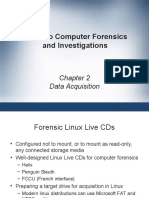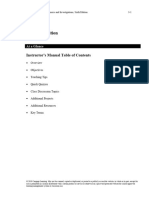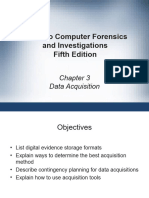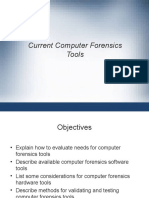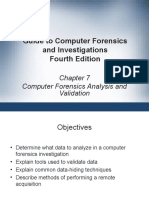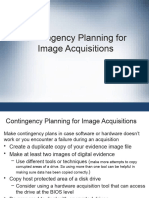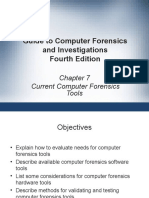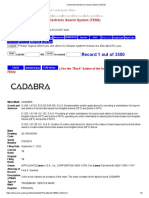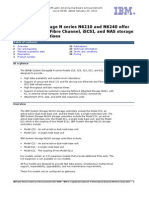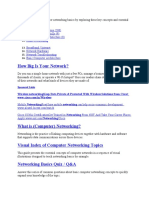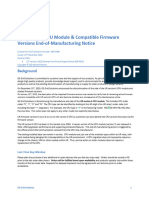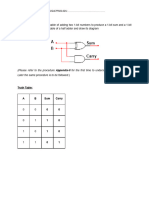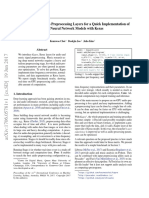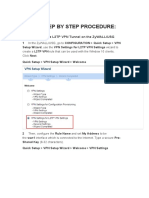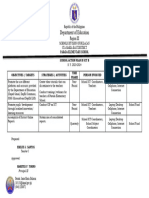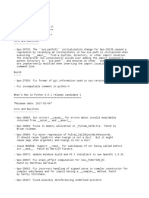0% found this document useful (0 votes)
178 views15 pagesModule 02 Data Acquisition
The document provides an overview of data acquisition methods in cyber forensics, detailing various storage formats for digital evidence, including raw, proprietary, and Advanced Forensics Format (AFF). It discusses the best acquisition methods based on investigation circumstances, including static and live acquisitions, and emphasizes the importance of validating data acquisitions using hashing algorithms. Additionally, it covers the challenges of acquiring data from RAID systems and the use of remote network acquisition tools for data collection.
Uploaded by
fakeshreyash30Copyright
© © All Rights Reserved
We take content rights seriously. If you suspect this is your content, claim it here.
Available Formats
Download as PDF, TXT or read online on Scribd
0% found this document useful (0 votes)
178 views15 pagesModule 02 Data Acquisition
The document provides an overview of data acquisition methods in cyber forensics, detailing various storage formats for digital evidence, including raw, proprietary, and Advanced Forensics Format (AFF). It discusses the best acquisition methods based on investigation circumstances, including static and live acquisitions, and emphasizes the importance of validating data acquisitions using hashing algorithms. Additionally, it covers the challenges of acquiring data from RAID systems and the use of remote network acquisition tools for data collection.
Uploaded by
fakeshreyash30Copyright
© © All Rights Reserved
We take content rights seriously. If you suspect this is your content, claim it here.
Available Formats
Download as PDF, TXT or read online on Scribd
/ 15




